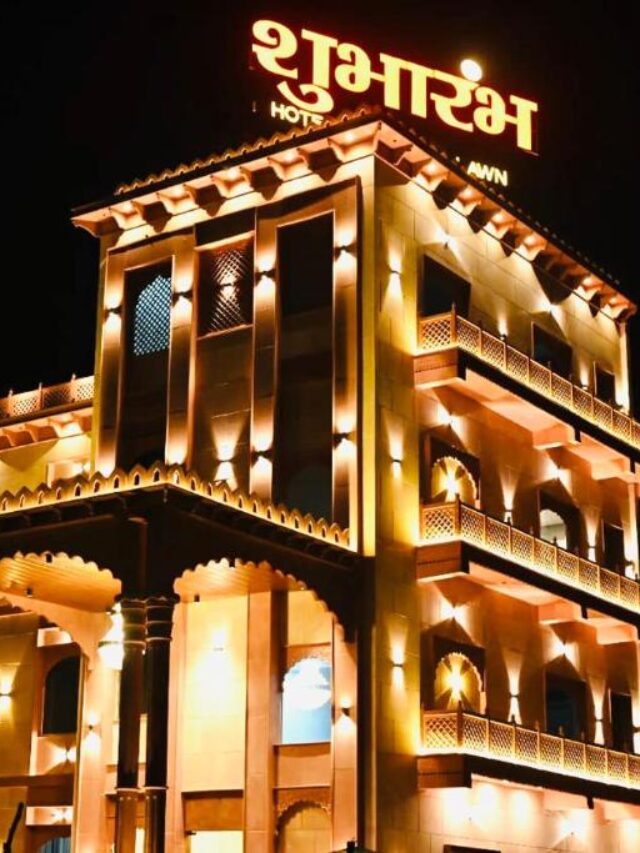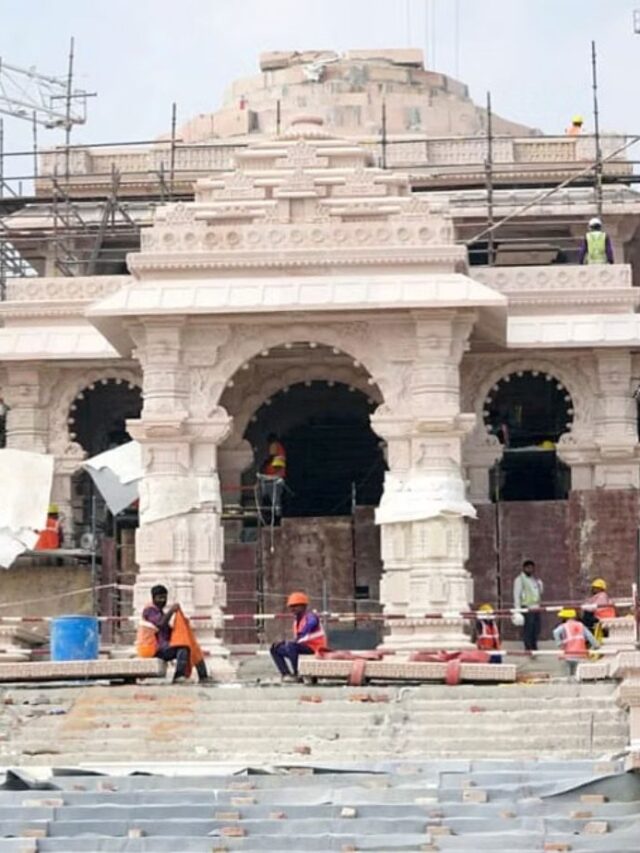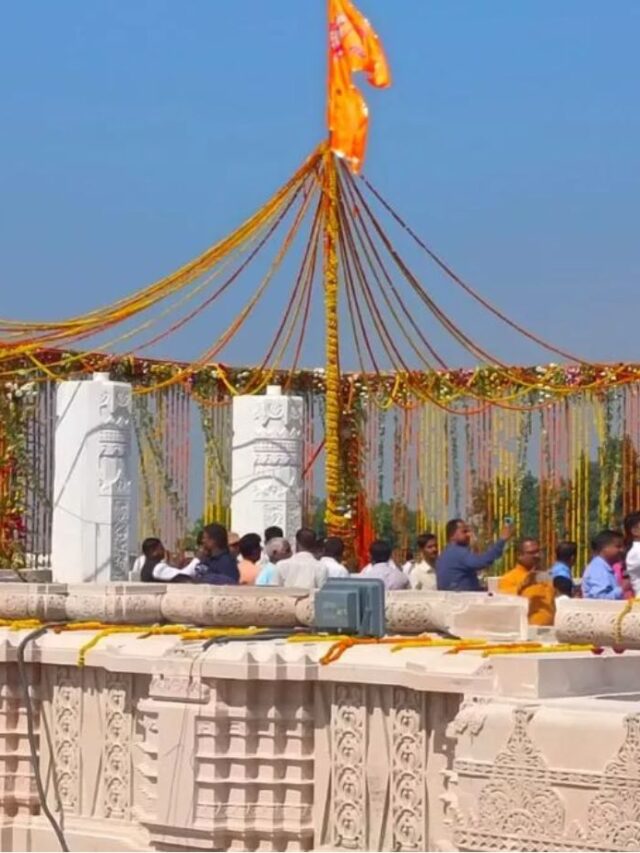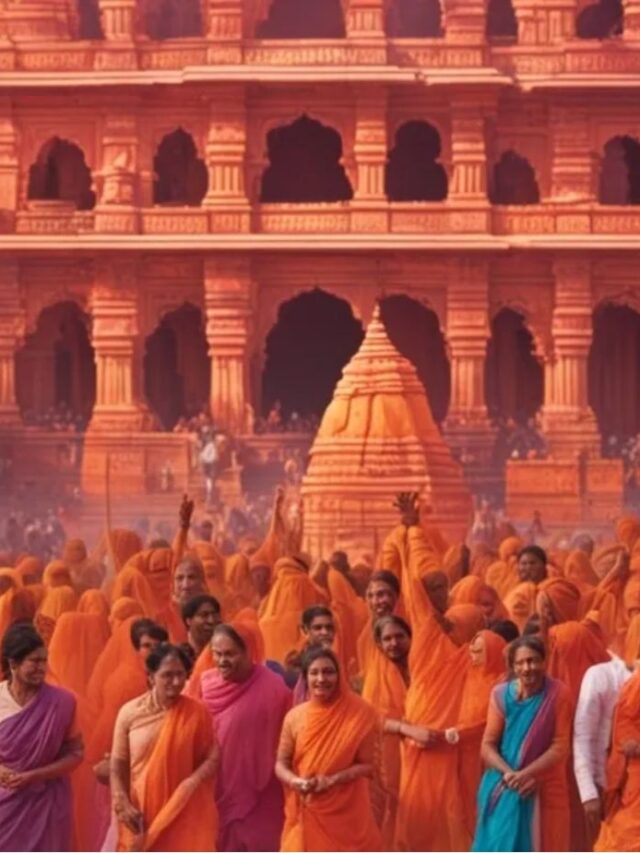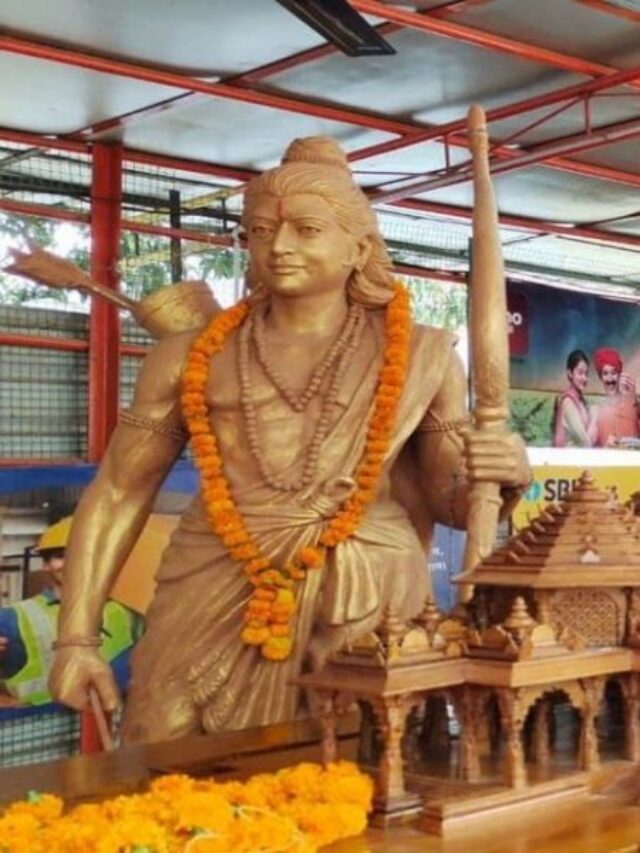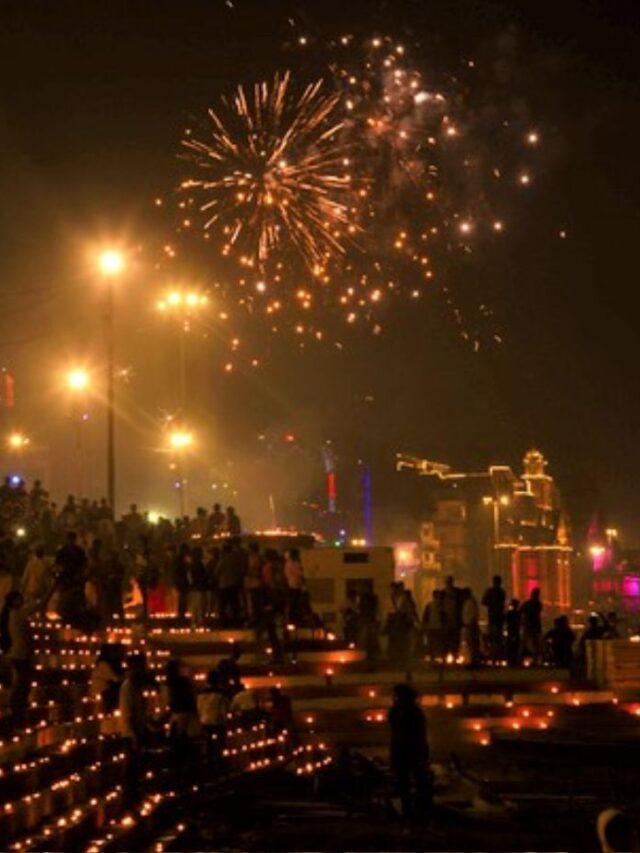In the heart of Ayodhya, a city steeped in the rich tapestry of Indian history and mythology, stands a testament to faith, resilience, and cultural identity—the Ram Temple. The majestic structure, set against the backdrop of a millennia-old narrative, has become a symbol of unity and devotion. Behind this architectural marvel lies the creative brilliance of one individual, the principal architect who translated dreams into stones. Let’s embark on a journey to unveil the identity of the visionary architect who orchestrated the grandeur of the Ram Temple.

The Visionary Architect:
The mastermind behind the conceptualization and execution of the Ram Temple is none other than the acclaimed architect, Chandrakant Sompura. Born into a family with a legacy of temple architects, Sompura inherited not just the craft but also a deep-rooted reverence for temple architecture. His legacy extends over multiple generations, with his forefathers having contributed to the construction of various temples across India.
Early Life and Training:
Chandrakant Sompura’s journey into the world of architecture began at a tender age when he started accompanying his father, Prabhakar Sompura, to construction sites. His early exposure to the intricacies of temple architecture laid the foundation for his future endeavors. Chandrakant underwent formal education in architecture, specializing in the study of ancient Indian temple designs.
Sompura’s expertise was not confined to textbooks; he sought inspiration from historical temples, imbibing the essence of their intricate carvings and structural brilliance. His extensive travels across the country, studying diverse architectural styles, equipped him with a holistic understanding of the art of temple construction.
The Conception of the Ram Temple:
Chandrakant Sompura’s association with the Ram Temple dates back several decades. His involvement in the project began in the late 1980s when the movement for the construction of a grand temple at the disputed site gained momentum. Sompura’s design for the temple was not merely a structural plan but a manifestation of profound cultural and religious sentiments.

The Ram Temple design incorporates elements from various classical temple architectures in India, with a focus on the Nagara style prevalent in the northern regions. Sompura’s brilliance lies in his ability to blend traditional aesthetics with contemporary engineering, ensuring a harmonious integration of the ancient and the modern.
Challenges and Triumphs:
Constructing the Ram Temple faced numerous challenges, encompassing legal and logistical obstacles. The prolonged legal dispute concerning the Ayodhya site endured for decades, compelling Sompura to skillfully navigate through complexities while upholding the temple’s envisioned integrity. Financial limitations added substantial impediments, demanding innovative approaches to sustain the project.
Sompura’s steadfast dedication and adaptability in the face of evolving circumstances were instrumental in surmounting these challenges. His partnership with adept artisans, sculptors, and engineers guaranteed the project’s smooth advancement, preserving the sanctity of the temple’s design.
Cultural Significance:
The Ram Temple stands not just as an architectural marvel but as a symbol of cultural resurgence and religious harmony. Chandrakant Sompura’s meticulous attention to detail, from the intricately carved pillars to the majestic spires, reflects a deep understanding of the cultural and spiritual significance of the temple.
The construction of the Ram Temple is not merely a physical endeavor but a spiritual odyssey, a journey that Sompura undertook with a profound sense of responsibility. The temple’s design is a manifestation of divine geometry, with every dimension and ornamentation having symbolic importance.
Legacy and Future:
Chandrakant Sompura’s contribution to the Ram Temple extends beyond bricks and mortar; it is a legacy etched in stone that will resonate through generations. His expertise has not only revived ancient architectural traditions but has also set a benchmark for temple construction in contemporary India.
As the Ram Temple nears completion, Sompura’s vision will continue to inspire future architects and craftsmen. The legacy of the temple is not confined to its physical presence but extends to the cultural and spiritual renaissance it signifies.
Conclusion:
In the heart of Ayodhya, the Ram Temple stands tall, a culmination of faith, resilience, and artistic brilliance. Chandrakant Sompura, the unsung hero behind this architectural marvel, emerges as a custodian of tradition and a visionary who transformed dreams into reality. The Ram Temple is not merely a structure; it is a testament to the harmonious blend of tradition and modernity, a living legacy that will echo through the c

